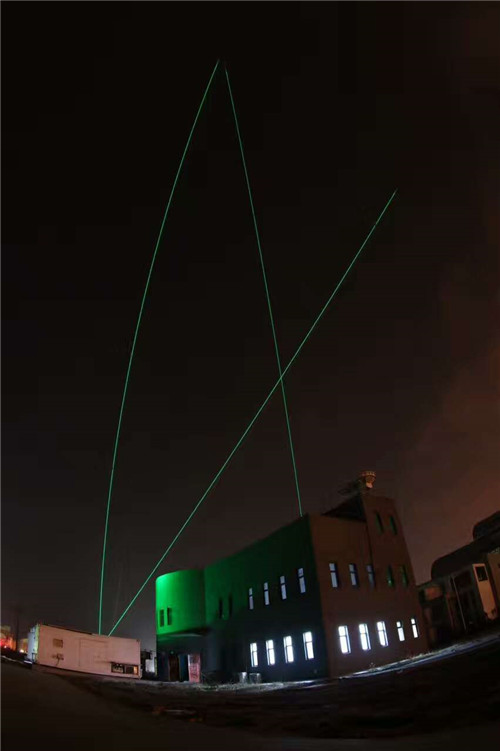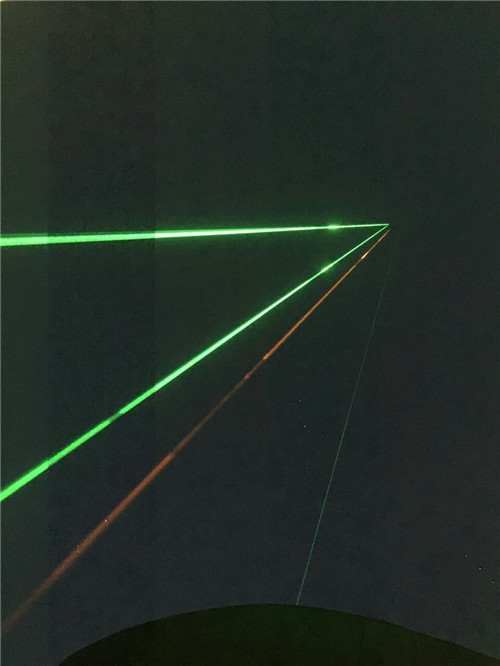For decades, satellites have been monitoring the atmosphere for supporting the research on global climate, weather, and environment. However, there still existing strong demands for continuous observations of the whole atmosphere with high vertical and temporal resolutions. An NSFC (National natural Science Foundation of China) funded ground-based research facility – “Atmospheric Profiling Synthetic Observation System” (APSOS), aiming to deepen our understanding on the interactions within the whole (neutral) atmosphere layers, have been implemented successfully at CAS Institute of Atmospheric Physics' Huainan station in Anhui Province of China on Sept 9, 2017. This is the first ground-based facility for profiling atmospheric variables and multiple constituents in the whole (neutral) atmosphere.
In late 2017, the APSOS will be relocated to Yangbajing International Cosmic Ray Observatory (4300 m A.S.L.) for long-term observations over the Tibetan Plateau in China.

APSOS has been designed to operate at multiple wavelengths, ranging from ultraviolet to infrared, and from terahertz to millimeter. It consists of several state-of-the-art instruments, for measuring range-resolved parameters of the whole (neutral) atmosphere, from surface up to 110 km, covering the altitude of troposphere, stratosphere, mesosphere, and the lower thermosphere. (Image by CHENG Xuewu)

The measurements can achieve vertical resolution on the order of tens meters, and temporal resolution on the order of minutes. (Image by CHENG Xuewu)
The key instruments of APSOS are five lidars (i.e. laser radars), a cloud radar, a terahertz radiometer, and a telescope assembly of four Φ1200 mm mirrors. It can provide range-resolved profiles of temperature, wind, water vapor, aerosol, cloud, ozone, NO2, SO2, and CO2. In addition, a Data Management & Validation Platform is also implemented for data retrieval and comparison with other instruments, including radiosonde, ozonesonde, stratospheric balloon, and satellite measurements.
The APSOS has been developed by the Institute of Atmospheric Physics (IAP), Chinese Academy of Sciences (CAS), in collaboration with the Wuhan Institute of Physics & Mathematics / CAS, the University of Science and Technology of China, the Anhui Institute of Optics & Fine Mechanics/CAS, the Purple Mountain Observatory/CAS, Wuhan University, and Anhui Sun Create Electronics.
